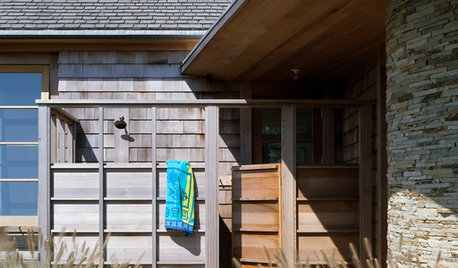A blast from the past: My Superthrive experiment. ;-)
tn_veggie_gardner
14 years ago
Related Stories

MOST POPULARBlast Decluttering Roadblocks Once and for All
Change your thinking to get the streamlined, organized home of your dreams
Full Story
MOST POPULARExperience the Holidays at Frank Lloyd Wright's Home and Studio
Handmade decorations, greenery and gifts show how the famed architect and his family celebrated Christmas in their Oak Park home
Full Story
CRAFTSMAN DESIGNHouzz Tour: Bridging Past and Present in a California Craftsman
A Santa Monica bungalow says goodbye to gloominess and hello to a bright new look that mixes modern and traditional
Full Story
SELLING YOUR HOUSEA Moving Diary: Lessons From Selling My Home
After 79 days of home cleaning, staging and — at last — selling, a mom comes away with a top must-do for her next abode
Full Story
KITCHEN DESIGNStandouts From the 2014 Kitchen & Bath Industry Show
Check out the latest and greatest in sinks, ovens, countertop materials and more
Full Story
DECORATING GUIDES10 Design Tips Learned From the Worst Advice Ever
If these Houzzers’ tales don’t bolster the courage of your design convictions, nothing will
Full Story
FEEL-GOOD HOMESimple Pleasures: Make Do and Mend
Experience the satisfaction of fixing, repurposing and creating things yourself around the home
Full Story
LIFEHow to Navigate an Extended Guest Stay
Keep sharing living quarters a positive experience by pondering the answers to these questions in advance
Full Story
LIFEIs Cabin Fever Real? Share Your Story
Are snow piles across the U.S. leading to masses of irritability and boredom? We want to hear your experience
Full Story
GREAT HOME PROJECTSHow to Add an Outdoor Shower
New project for a new year: Experience bathing in a whole new light with a shower in the fresh air
Full Story







tapla (mid-Michigan, USDA z5b-6a)
tn_veggie_gardnerOriginal Author
Related Professionals
Parole Landscape Architects & Landscape Designers · Kerman Landscape Contractors · Mount Sinai Landscape Contractors · Pleasant Prairie Landscape Contractors · Severna Park Landscape Contractors · South Farmingdale Landscape Contractors · Bensenville Landscape Contractors · Pinellas Park Solar Energy Systems · Syosset Solar Energy Systems · Hialeah Gardens Window Contractors · Elkridge Window Contractors · Annapolis Fence Contractors · Charleston Fence Contractors · Daly City Fence Contractors · Dana Point Fence Contractorsmeyermike_1micha
tapla (mid-Michigan, USDA z5b-6a)
meyermike_1micha
tn_veggie_gardnerOriginal Author
rhizo_1 (North AL) zone 7
tapla (mid-Michigan, USDA z5b-6a)
thisisme